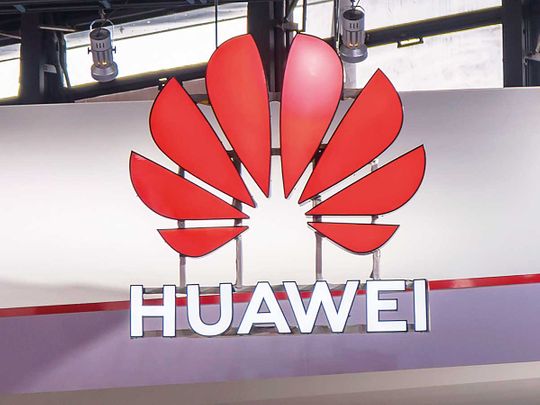
Huawei Technologies Co took the wraps off its HarmonyOS operating system, offering the first glimpses of in-house software that may someday replace Google’s Android and reduce its reliance on American technology.
To begin with, the open-source software will skip smartphones and instead find its way into everything from cars and watches to personal computers by 2020, Richard Yu, chief executive of the consumer business said during a launch event. Earbuds and virtual reality goggles will follow. Huawei is considering running the OS on its upcoming flagship Mate 30, he told reporters.
“Because we support Google’s Android ecosystem, we will prioritise Android for smartphones. If we can’t use Android, we can install HarmonyOS quickly,” Yu said at Huawei’s developers conference in Dongguan. “We had a great chance to become the world’s biggest vendor by shipment — if not for the trade war.”
HarmonyOS, previously code-named Hongmeng or Ark, is an important part of Huawei’s effort to develop alternatives in response to sanctions on American technology it needs to make its gear. Underscoring the unpredictability of supply, Bloomberg News reported the White House is delaying a decision about licenses for US companies to resume selling to Huawei.
China’s largest technology company has found itself at the centre of sensitive trade negotiations between Beijing and Washington, with the latter accusing its geopolitical rival of stealing technology and posing a risk to US national security. Irrespective of how the talks play out, Trump-administration curbs have all but smothered Huawei’s goal of overtaking Samsung Electronics Co to become the world’s largest maker of smartphones.










